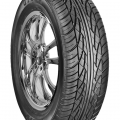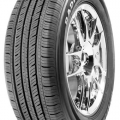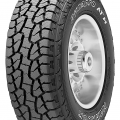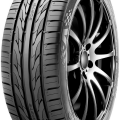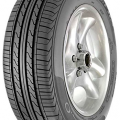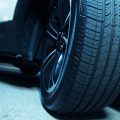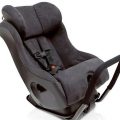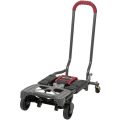Driving on Bald Tires – Everything You Need to Know
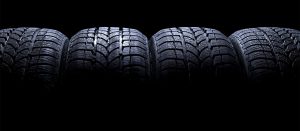
It’s always dangerous to drive on bald tires. No matter where you live, or what time of the year it happens to be, there is always the potential for inclement weather. Any time it rains or snows and you get behind the wheel of your car, you can be faced with driving risks. Depending on road conditions and your driving speed, stopping on wet roads can take up to four times the normal distance. And if your tires are worn, they can hydroplane, or skim over the surface of the road with little or no traction.
What is Bald Tire?
When a tire has lost its tread or when the tread is worn, that is called a bald tire. The tread is the part of a tire that contacts directly to the road. In a sentence, the upper part of the tire that connects the tire to the road is known as tread. A tire without good which cannot deliver good traction, it’s considered as a bald tire. When you see your tread is worn, you must change your tire immediately to avoid accidents.
People try to get away with this as much as possible until the tire is almost gone. This is not a good idea. It is unsafe to drive with bald tires during any season. There are a couple of tricks to knowing when your tires are bald. Every tire has what is called wear bars. These are narrow bands in the grooves across the tire’s tread. When the wear bars are even with the tread, the tire is bald and you need a new one. Another handy trick that you can definitely do on your own is called the penny trick. You place a penny in the shallowest groove of the tread with Lincoln’s head upside down. If you can still see the top of Lincoln’s head, then the tire is bald. Do not ignore bald tires.
The dangers of driving on bald tires
Driving on bald tires is dangerous as because we can meet an accident due to these. As a tire wears down, there are lots of chances that accidents will occur. We know that after wearing out, the traction capability or the gripping ability of a tire is increasingly down. If you are running your car on snowy roads or wet conditions, 4/32” is a good point to replace your tires.
According to the National Highway Traffic Safety Administration (NHTSA), a car with bald tires can cause an accident which is 10 percent of the total. Here are some top dangers of driving your car on bald tires.
Increased risk of hydroplaning
Hydroplaning involves water that is on the road, water that usually comes from (or during) a heavy rainstorm. It is also known as Aquaplaning. The road may be completely flooded, or divots and tracks in the road may retain water that the other areas of the road do not. When a car drives through a small puddle after these storms, it simply displaces the water and stays in contact with the road.
But when a car drives over a large section of water, hydroplaning can occur. Hydroplaning is when the water on the road forms a barrier between the road and the tire. The tire is not actually touching the ground and is instead resting on the water. This is possible due to the fast movement of the tires and the depth of the water.
Hydroplaning can cause serious issues with the control of the vehicle. When the car is hydroplaning, the tires that are currently on the water (as opposed to the road) are inoperable. While they still move, they cannot be controlled – the tires cannot accelerate, slow down, or be directed. The danger comes when multiple tires suffer from hydroplaning. If the two tires that are responsible for steering hydroplane, or if all four tires hydroplane, the entire vehicle is not able to stop or be directed. The driver will lose complete control of the vehicle.
Increased chances of a flat tire
When you’re running your car with bald tires, the possibility of tire punctures from the road debris is getting increased. It’s happened due to having a lot less rubber in the bald tire. It creates a thin barrier between the tire and the road. And, we already know, how dangerous is to play a car with a flat tire. So, when you can see there’s a possibility of being flat, it’s highly recommended to change the tire to a new one as soon as possible to avoid accidents.
Loss of air pressure
A bald tire can loss of air pressure from the tire. And, we know that a tire without air is not working on the road at all- it’s unsafe. Though all tires loss air pressure day by day, a bald tire loss it too fast than you can think. It’s because of having low tread. As we know, bald tire losses its tread depth, it minimizes the gap between the tire and outer environment. Thus, air is coming from the tire so easily. And, finally, your tire will be flat. Once you notice that your tire is underinflated, you must change the tire immediately as because it’s too dangerous to play with a car that has underinflated bald tire.
Final Words
To make the most use of your tires, it’s essential to make proper maintenance a part of your daily routine. If you notice your tire tread is becoming thinner or worn out or look underinflated, change the tire/s immediately to avoid accidents and unavoidable circumstances. Happy driving!

